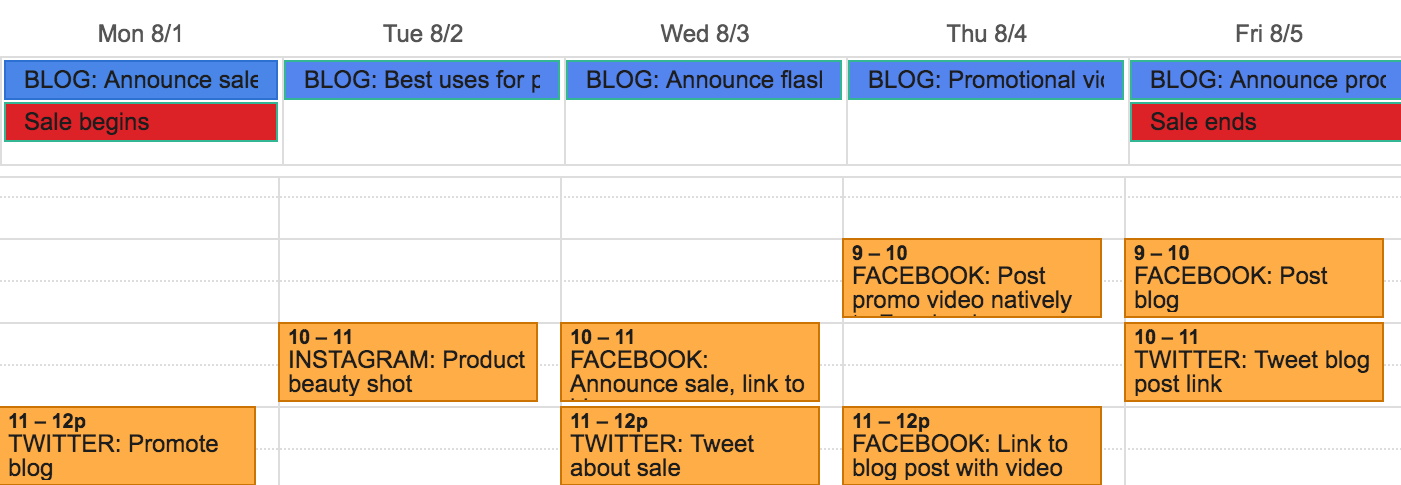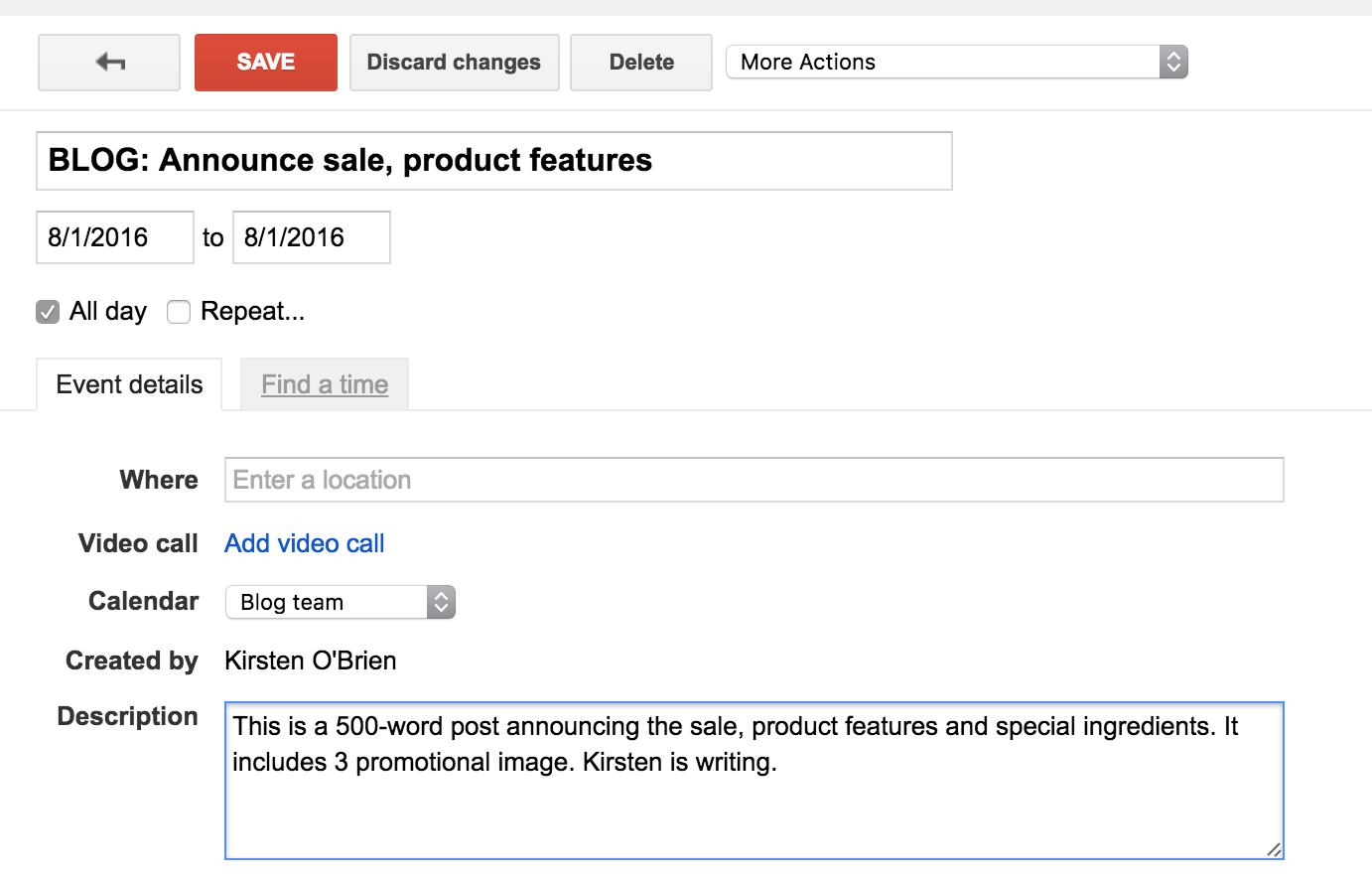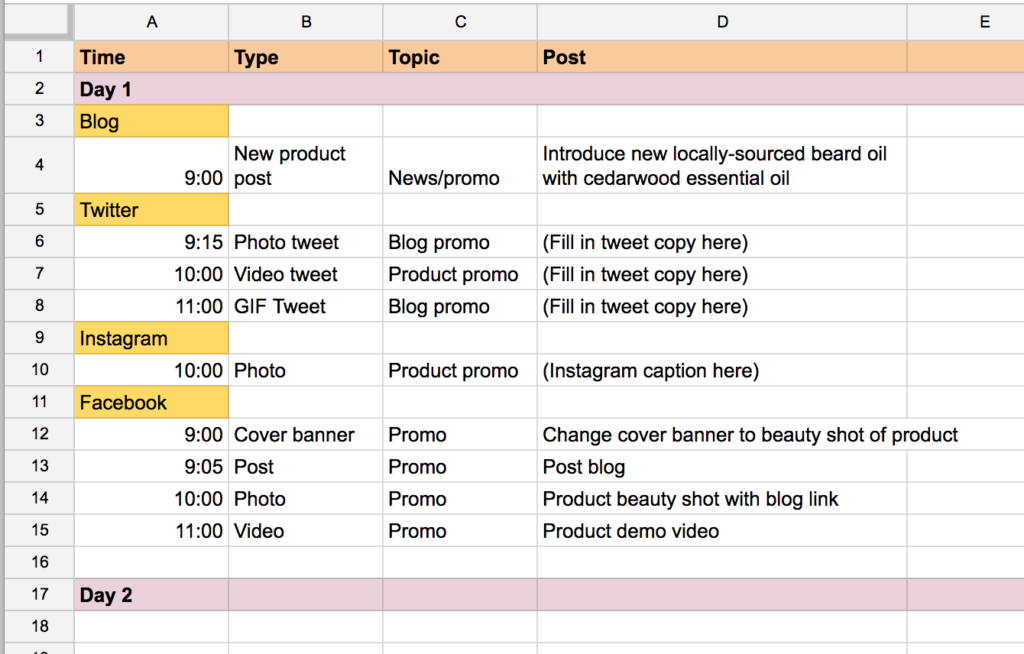Half the battle when telling your brand’s story online is creating engaging and relevant content. The other half is creating a solid content calendar to keep your social media, marketing and editorial efforts on track.
An organized content calendar is a digital marketer’s secret weapon. They can make or break efforts to build compelling narratives about a product. A good content calendar also helps marketing and editorial teams coordinate better to maximize impact, allow stakeholders to target reader interests, and allow teams to consistently produce high-quality, engaging work. With a content calendar, you have a clear roadmap for the digital media landscape.
What makes a successful content calendar?
A content calendar is a central place where team members can access an organization’s various assets and materials. It can look very different depending on the size of your organization, the types of stakeholders involved, how often you plan to publish and what channels or outlets you plan to utilize. These are important questions to address when setting up a content calendar, but let’s start with the basics.
Although there are numerous complex tools and templates to streamline the content calendar process, a Google Calendar or Trello board is an easy way to start content planning. These tools are shareable with many people, allow for quick changes and require little to no training.
Content Calendars for Small Teams
Let’s say you work for a small organization that sells locally-sourced, handmade bath and beauty products. You want to promote a new beard oil on your blog and social media outlets. You’ll need to coordinate with the marketing manager, social media team and the content writing team to get all campaign elements scheduled and published on a strict timeline to meet your sales goals. How might your content calendar look?
Basic content calendar examples are below – the first one utilizes Google Calendar:

At a glance, this calendar effectively shows the schedule and timeline for the week-long promotion. This timeline was built using two different calendars — blue for editorial, orange for social. Multiple calendars allow teams to make schedule changes or modifications without disrupting the timelines of other teams. Additionally, the calendars add an extra layer of accountability and help everyone see what to publish when. Bonus: adding notes to each event can help keep everyone organized – for example:
Content Calendars for Large Teams
A simple calendar like the above can be scaled to include as many different calendars as necessary, but with a large team, it can start to feel messy. For more complex efforts, an Excel Spreadsheet or Google Sheet can show information in more compact way. For example, if we’re still talking about our product promotion schedule:

The information displayed is the same, but this method allows you to see any notes or copy suggestions without having to click on a calendar event. However, you lose the added benefit of seeing your schedule laid out on week-long timeline. Depending on what you’re trying to accomplish at a given time, you may switch between content calendar styles.
If you do switch around, remember to choose an easily shareable calendar and to update changes across versions. This is especially important because having multiple content calendars floating around with old or outdated deadlines is the quickest way to kill coordination efforts. You want a system that is fast and responsive, just like the people on your team.
As you’re probably starting to see, there are infinite ways to create a content calendar. The best way to figure out the right fit for your organization is to experiment with a few different options. Free tools, such as Trello and Asana are helpful, and are especially effective when combined with social media scheduling tools such as Hootsuite, Meltwater or Tweetdeck.
Establishing a solid content calendar takes work. But once you have a system down, you’ll have a more organized team, content that better serves readers and hopefully, a fatter bottom line.
Learn more about what to post on which social media platform.
Guest blog by Kirsten O’Brien, digital journalist and social media manager for seattlepi.com.
